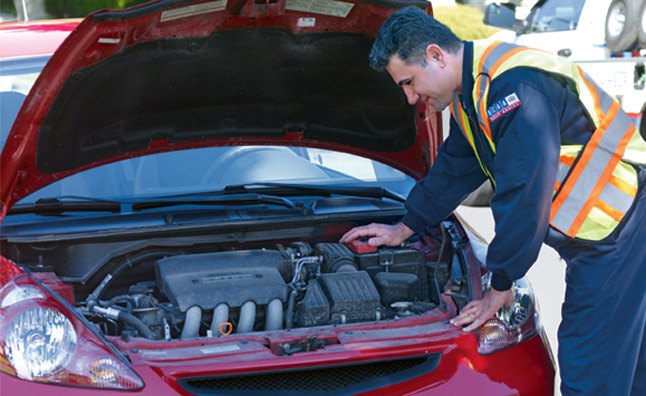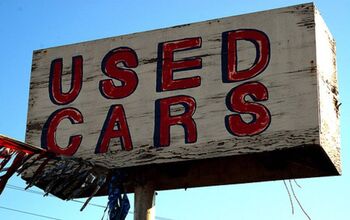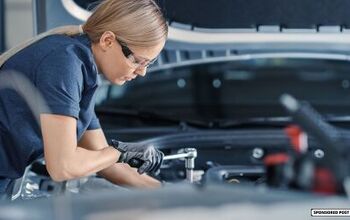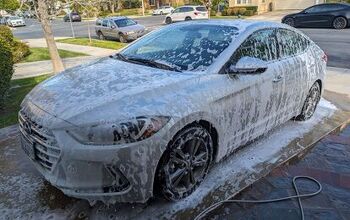Used Car Pre-Purchase Inspection: 10 Things to Check

Updated March 2019
You have to be careful when buying a used car. Things aren’t always as good as they seem, so it’s always recommended to get a mechanic to inspect the pre-owned car you’re hoping to buy.
Often called a pre-purchase inspection, many mechanics may differ on what they check and in what order, but their feedback is invaluable. Here are ten of the usual trouble spots that most mechanics will take a look at – and ones that you should make sure they do. And on top of all that, make sure that the used car you’re getting has a clear history through its paperwork and a clean title. If it has been in an accident, that might not be a deal breaker, but it is something you need to know.
Some things that the mechanic will inspect will make sense, but not everything is clear. Here’s a guide to know what your mechanic is checking (or should be checking), and why.
10: Body – Dents – Rust
Almost every car has some minor imperfections that will occur during its usual lifespan. Mechanics don’t really look for those, but instead are checking out panels that don’t line up properly, hinting at an accident or cheap repair. Paint that isn’t exactly perfect can also hint at some similar problems.
Of course, the most important thing to check on a car’s body is rust. Bulges or blisters in the paint are troubling. Mechanics will check the body, underbody and frame for rust issues.
There’s also the worry of a car that looks too good. A shiny new coat of paint, could be a method of masking rust lurking beneath.
See Also: Buyers Guide: Five Rust Inhibitors to Choose From
9. Suspension – Tires
Tires are another important factor. Ensure they’re not leaking air, and that the spare is in good shape too. Mechanics will check them for uneven wear which will hint at alignment problems.
See Also: Top 10 Tire Pressure Gauges
8. Lights
The lights can also hint at a car’s overall electrical health too if they’re dimming or flickering oddly. To get a perfect grade, all brake lights, headlights, highbeams, turn signals and interior lights have to be working properly.
See Also: Top 10 Best Headlight Restoration Kits
7. Instrument Gauges
See Also: What does the light on my dash mean?
6. HVAC
Assuming the car has air-conditioning, it’s important to make sure it works, and works well. A mechanic will not only ensure that cold air is coming from the vents, but that the fan operates on all speeds, and that the air conditioning compressor is not too noisy. Similar checks should be performed on the heater.
5. Radiator – Hoses
See Also: Does Head Gasket Sealer Work?
4. Oil
See Also: Should you use Synthetic Oil?
3. Engine – Knocking and Compression
Knocking could also hint at poor care from the past owner, perhaps using the wrong fuel type, or abusing the engine.
A compression test is an important and easy way to see if there’s anything wrong. Using a small tool inserted into where the spark plug normally goes, one crank of the engine will reveal if the pressure in the cylinder is ideal. If it’s not, then forget everything else. This car isn’t for you.
2. Exhaust
SEE ALSO: What Does the Smoke from My Exhaust Mean?
1. Brakes – Transmission
See Also: Top 8 Best Brake Rotor Replacements

Sami has an unquenchable thirst for car knowledge and has been at AutoGuide for the past six years. He has a degree in journalism and media studies from the University of Guelph-Humber in Toronto and has won multiple journalism awards from the Automotive Journalist Association of Canada. Sami is also on the jury for the World Car Awards.
More by Sami Haj-Assaad











































Comments
Join the conversation
very helpful, thx!